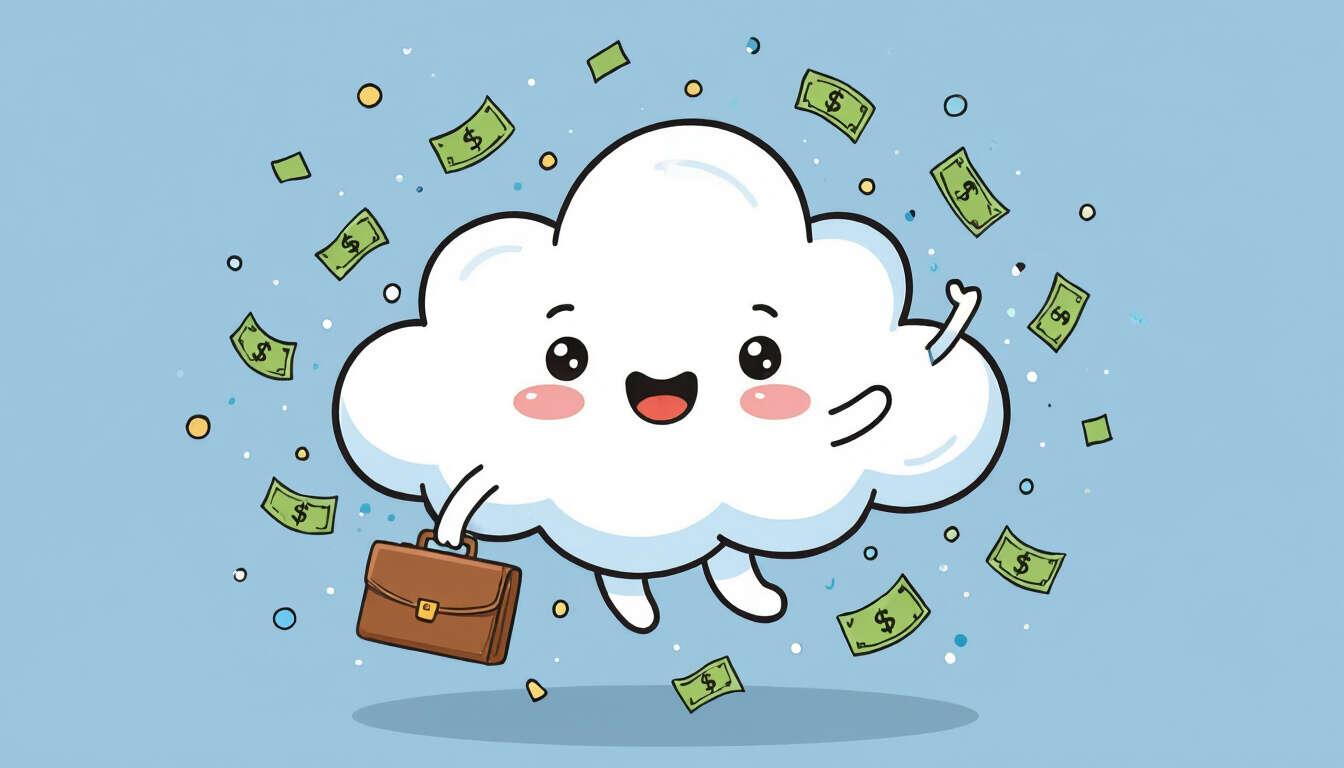SaaS Business Models
 by Marlene Keeling
by Marlene Keeling
SaaS business models offer innovative ways for companies to deliver software services. This article examines key models like subscription and freemium, providing insights into their applications and benefits for entrepreneurs in the SaaS sector.

SaaS companies rely on various business models to ensure sustainable growth and customer satisfaction. For instance, the subscription model has become a cornerstone for many providers. This approach allows users to access software for a recurring fee, fostering long-term relationships.
In the subscription model, customers pay monthly or annually, which provides predictable revenue streams. One example is how a company like Zoom uses this to scale operations globally. Subscription model helps in retaining users through continuous updates and support.
Another approach is the freemium model, where basic features are offered for free, while advanced ones require payment. This strategy attracts a wide user base initially and converts a portion to paid subscribers. For SaaS firms, freemium model serves as an entry point to demonstrate value.
Advantages and Challenges
Each model presents unique benefits. The subscription model ensures steady income, enabling investments in product improvements. However, it demands high-quality service to reduce churn rates.
The freemium model, on the other hand, lowers barriers to entry, making it ideal for new market entrants. Yet, it requires careful balancing to avoid giving away too much without monetization.
Case Studies in Action
Consider a startup that adopted the subscription model early. By offering tiered plans, it catered to different business sizes, from small teams to large enterprises. This flexibility led to increased adoption rates and revenue growth.
In contrast, a freemium-based SaaS tool for project management saw rapid user acquisition. Once users experienced the free version, many upgraded for premium features, illustrating effective conversion strategies.
Strategic Insights for Entrepreneurs
For those building SaaS businesses, selecting the right model involves assessing market needs and company resources. A subscription approach might suit products with ongoing value, while freemium works well for competitive markets.
Additionally, combining models can enhance outcomes. Some companies integrate usage-based elements, charging based on consumption levels, which adds adaptability.
Key Takeaways
Ultimately, the choice of business model influences a SaaS company's success. By analyzing real-world applications, entrepreneurs can make informed decisions. Focusing on customer needs and data-driven adjustments ensures competitiveness in the sector.
In summary, understanding these models equips professionals with tools for effective strategy implementation, driving innovation and profitability.
